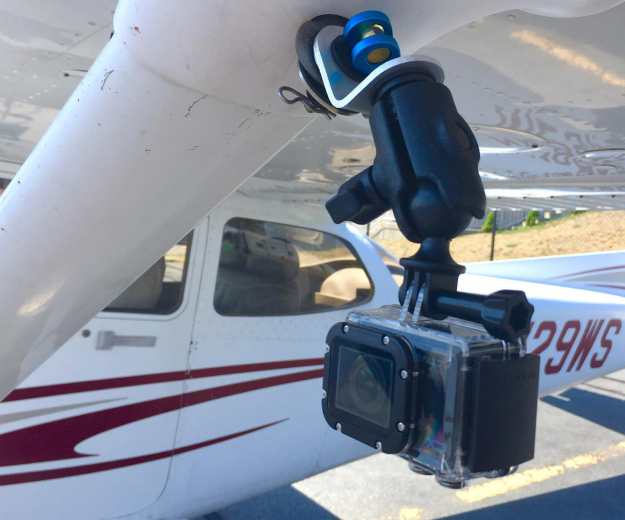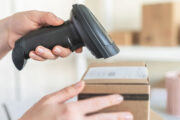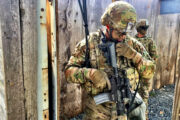Pilots are bound to fly with different models of aircraft. Often this is because of the nature and personal character of pilots. They want to experience flying in all sorts of machines. And who can blame them, given the low aviation activity in Australia relative to the rest of the world (especially the USA).
If you fly a Cessna, you might want to check out how flying in a Cirrus or Beechcraft feels like. It’s not unusual for general aviation pilots within the community to get an opportunity to fly in another aircraft. Who would turn such invitation down? Then there are all the career aspects and shift in priorities you can face. Some learn to fly with the intention of getting a private pilot License, however along the way they discover a recreational license would serve them just fine. Others are not that into deliveries, but go for aerobatics, or just want to transition from flying helicopters to flying single engine general aviation aircraft.
Regardless whether you are looking to substitute the helicopter helmet with a pilot’s headset, or you were simply granted permission to fly with someone else, taking along the following gear can make the whole experience a lot safer and more enjoyable.

Your Own Headset & Adapter
Now, if you enter someone else’s plane as a guest and you need noise reduction, almost any aviation headset would do. The issues start when you want to use the systems to effectively communicate within the cockpit and beyond.
This is where versatile ga adapters come into play. What are ga plugs, you ask? In essence, they are aviation headset cables designed to provide compatibility with the numerous systems you can find on different aircrafts. It’s a contraption that will enable you to draw power from the panel, and allow you audio link. Both functions are very important.
The most common reason to get a high quality aircraft headphone adapter though is the fact it makes your headset usable straight away. It also eliminates the need to buy multiple headsets. You are getting an aviation headset extension cord and this is very affordable when compared to the prospect of buying more than one headset. Not to mention the hassle of carrying more than one headset with you during transport and travel.
The integrity of audio signals is crucial. Good flight headset adapters have audio prioritization controls and they are shielded for better resistance to electromagnetic interference. Most pilots nowadays look for adapters with power plug. And if that is not available, then they go for battery powered aviation headset replacement cables. The reason is very simple: the functions which make flying more pleasant, like active noise reduction and Bluetooth audio capabilities, depend on extra power.
These types of plugs can also be used as a helicopter to general aviation adapter. Usually, the airplane headset cables come in pair, while those for a helicopter consist of just one plug. In terms of electronics there is not much difference. There is simply an extra conductor in the helicopter headset adapter so that the microphone and the headphones are tucked into one plug.

Pulse Oximeter
Flying is limited by simple facts of life. Oxygen saturation is prone to changes once you reach altitudes of more than 2500 meters. So, if you are piloting (or co-piloting), measuring the oxygen saturation level in your blood is very important.
Now, there are a number of ways to do this. Some smart aviator watches (GPS watches) offer physiological metrics which include wrist-based heart rate and oxygen saturation sensors. Also known as Pulse Ox sensors, they can be a way to check how your body reacts to thin air. They are, however, subject to mixed reviews and it certainly is far more reliable to get an oximeter (or carbon monoxide detector) for specific blood monitoring mid flight. They are lightweight (around 60g), can be attached to a lanyard and will provide you with the right readings.

Action Camera
The general aviation community is split on this issue. While everyone will agree that your aircraft headphone adapter is welcome in any plane, this might not apply to your action camera. But with the advent of free broadcasting platforms accessible to anyone with an internet connection, many pilots are eager to document and share their experience. Many different types of pilots use cameras to capture their flights including commercial and general aviation. The attitude towards this practice is not uniform across the board.
The issue of filming a flight is to be discussed on a case by case basis. One thing is for sure, if you want to make a video of your flight, you should choose a good DSLR camera. The views up there are absolutely stunning and not every camera can do justice to what pilots actually see. Some go for commercial grade action camera, while others invest in high definition cameras. Serious broadcasters have multiple backup cameras to ensure they get good video out of every flight. There is no rule on this, besides following proper pilot etiquette and discussing the aspect of filming with a camera before you get into someone else’s plane.


